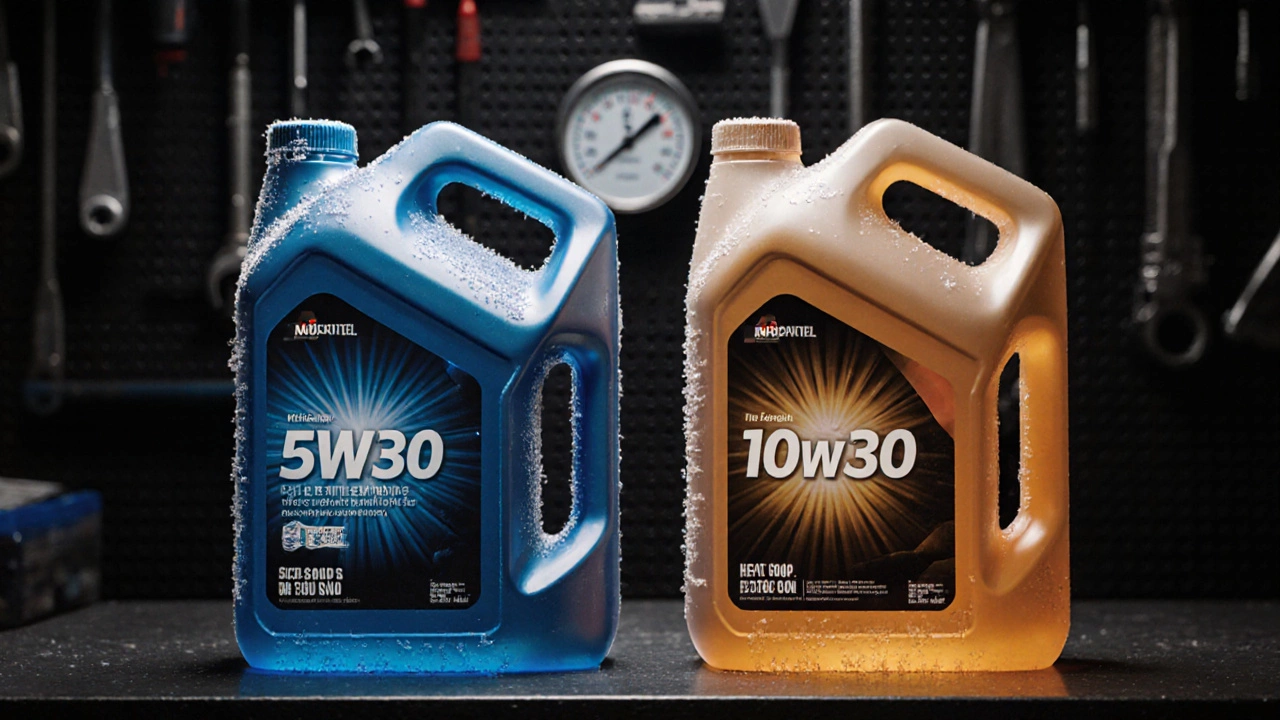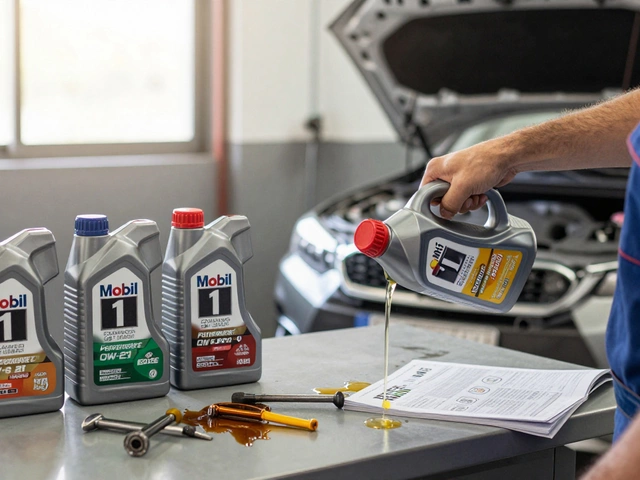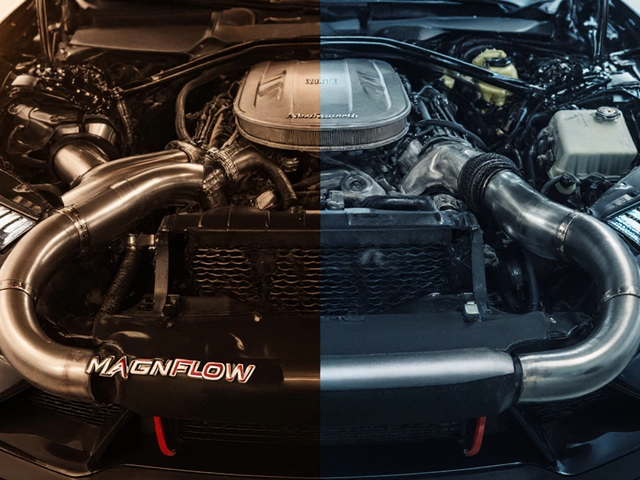Engine Oil Viscosity Explained
When dealing with engine oil viscosity, the measure of how thick or thin oil is at a certain temperature. Also known as oil thickness, it decides how well the oil lubricates moving parts. The right viscosity keeps friction low, protects bearings, and helps the engine start smoothly in cold weather.
Viscosity doesn't exist in a vacuum. It’s tied to engine oil, the lubricating fluid that circulates through the engine. Different oil formulas—mineral, synthetic, or blends—react differently to temperature changes. Synthetic oil, for instance, maintains a steadier viscosity across a wider range, which is why many modern cars recommend it for both hot summer days and frosty mornings.
How Viscosity Grades Shape Your Oil Choice
Viscosity grades, like 5W‑30 or 10W‑40, are the shorthand that tells you the oil’s flow at low and high temperatures. The first number (the “W”) indicates the oil’s thickness in winter; a lower number means it stays thinner when it’s cold, making cold starts easier. The second number shows how thick the oil stays at operating temperature, influencing wear protection when the engine is hot. Choosing a grade that matches your climate and driving style creates a direct link: viscosity grade influences oil change interval and overall engine health.
Another key player is the viscosity index, a rating that describes how much an oil’s viscosity changes with temperature. A higher index means the oil’s thickness stays more consistent, reducing the need for multiple oil types across seasons. When the index is low, you might need a separate winter oil to avoid thick oil that could strain the starter motor.
Engine design also matters. High‑performance engines with tighter tolerances often require a thinner oil at operating temperature to ensure proper oil flow, while trucks with large bearings may benefit from a thicker grade to keep clearances right. This relationship creates the triple: engine design requires a specific viscosity grade, which affects oil pressure and wear rates.
In practical terms, you’ll check the owner’s manual for the manufacturer‑recommended viscosity. If you live in a region where winter temps drop below 0 °C, a “W” rating of 0W or 5W helps the engine turn over quickly. In hot climates, a higher high‑temperature number like 40 or 50 can protect against thinning that leads to metal‑to‑metal contact.
Beyond the basics, consider how often you change the oil. An oil that stays within its optimal viscosity longer can stretch the change interval, saving you time and money. Synthetic blends with a high viscosity index often let you go 7,500 to 10,000 miles between changes, whereas conventional oils may need a swap at 5,000 miles. This shows the semantic connection: viscosity stability enables longer oil‑change intervals.
Finally, keep an eye on oil condition. Even the perfect viscosity can’t protect an engine if the oil is contaminated with fuel, coolant, or metal particles. Regularly check the dipstick for color and feel; if the oil feels gritty or dark, replace it regardless of mileage.
Understanding engine oil viscosity and its related concepts—viscosity grades, viscosity index, oil type, and climate—gives you the tools to pick the right fluid, schedule changes wisely, and keep the engine humming. Below you’ll find articles that dig deeper into spark plug effects, over‑filling oil, low‑mileage oil‑change myths, and more, giving you a full picture of how oil health ties into overall vehicle maintenance.

5W30 vs 10W30 Engine Oil: Which One Is Better for Your Car?
Find out whether 5W30 or 10W30 engine oil is best for your car, climate, and driving style. Get clear comparisons, tips, and a quick decision checklist.
CONTINUE READING








